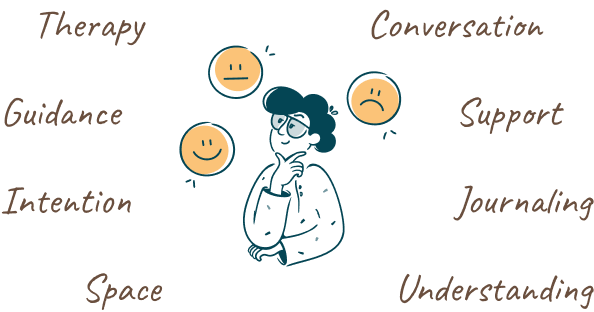Internal awareness creates the opportunity to reflect on your embodied responses. Reflection for increasing safety is purposeful. It seeks to help us understand how we react to the world around us and why we have those reactions. This kind of reflection is often best done in a therapeutic setting. It can be difficult to understand embodied responses from inside your own experience.
Why does reflection matter?
Reflection is the skill you use to examine what your embodied responses tell you about wellbeing in your ILR practice. In reflecting on embodied responses, you can consider things like:
What does reflection help you do?
In understanding your embodied responses, you create space for yourself to change them, and to develop new ones that better support your wellbeing. Instead of stuffing a cookie in your face when you feel anxiety, you can go for a walk. Every time you choose the walk, and a purposeful moment of reflection, you strengthen a different embodied response. This creates a new neural pathway that comes from your own intentions about how you want to be in the world. That’s the pathway to increased wellbeing in your ILR practice. It sounds simple but it really works.
Interested in learning about embodied responses and my self-diagnosed case of PTGSS (Post Tribal Government Stress Syndrome)? Learn more »
Journaling and Reflection Exercises
Write down in a journal your reflections on these questions.




